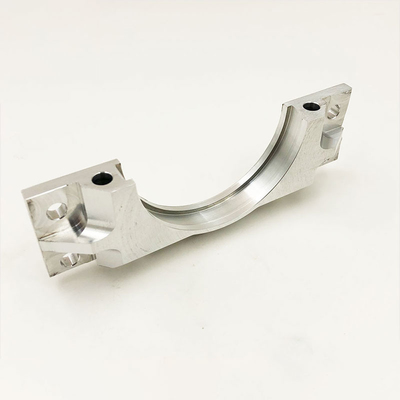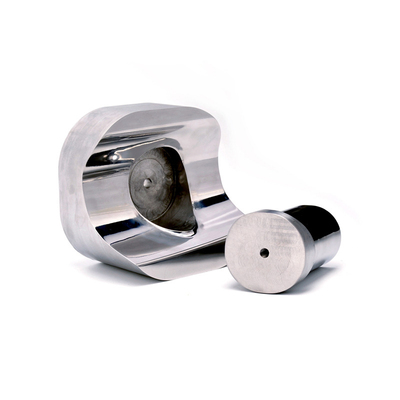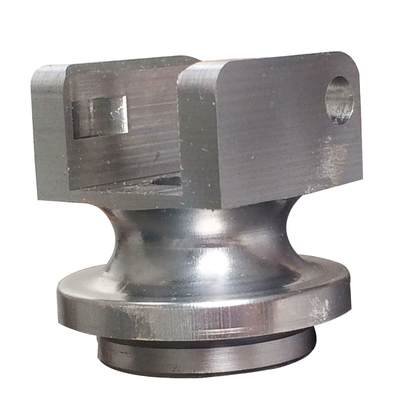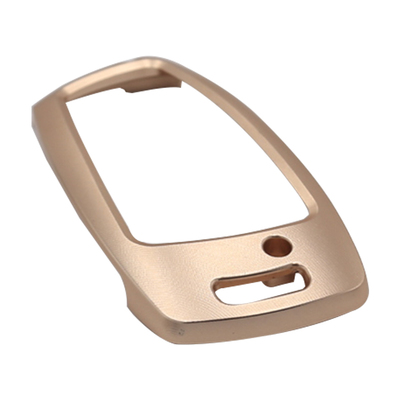3D printing technology releases huge market potential
The application of 3D printing technology in my country's medical industry began in the 1980s. It was initially mainly used for the manufacture of three-dimensional medical models. With the development of precision medicine and personalized medicine, the application of 3D printing technology in the medical industry has become increasingly widespread.
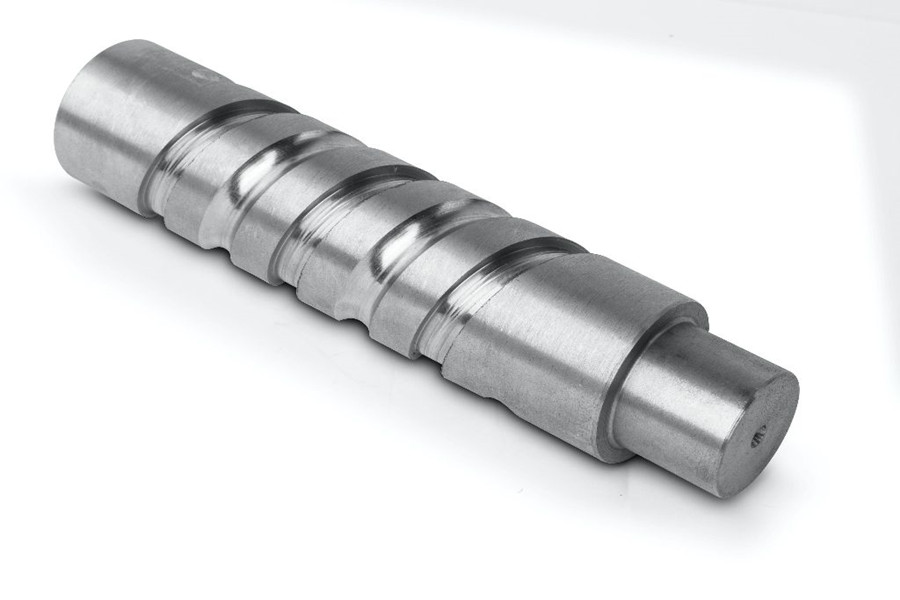
From three-dimensional models and surgical instruments to living transplanted tissues and human organs, to medicines, 3D printing technology has gradually matured. In terms of drugs, 3D printing technology has played an important role. For example, in 2015, Aprecia Pharmaceuticals produced the first pill produced through 3D printing technology and obtained FDA approval.
Two years later, GlaxoSmithKline completed a study using inkjet 3D printing and ultraviolet (UV) curing technology to produce tablets for the treatment of Parkinson's disease. With the application of controlled release, short-term drugs, and even the potential for on-site printing in pharmacies, the ability of 3D printing technology to transform the pharmaceutical industry continues to increase. It is understood that traditional pharmaceutical preparations are a trial-and-error method. The researchers who study the preparations constantly try and error to work out the corresponding proportion of the pharmaceutical formula, and then achieve a certain effect.
"Our 3D printing preparation is to add raw materials and excipients and turn it into a preparation through a series of processes. The products we are currently developing are drugs that can be precisely controlled." The family believes that 3D printing technology is needed. There are two main types of drugs: one is drugs that have some demand for release, and the second is compound preparations that are relatively more agile. Among them, in the field of pharmaceutical preparations, the main 3D printing technologies include binder injection technology, material extrusion technology, and SLA.
Binder jetting technology is the main 3D printing technology used for formulation production. Due to the many similarities with the granulation technology used in the production of traditional preparations, the binder injection technology has a wide range of optional raw materials and has a broad application prospect in pharmaceutical preparations.
Material extrusion technology is a relatively widely used 3D printing technology worldwide, and attention to this technology in the field of pharmaceutical preparations is also increasing. The most common material extrusion technology is FDM. Compared with binder injection technology, FDM and other extrusion systems have simpler equipment and more flexible product design capabilities, especially for the design of complex pharmaceutical formulations.
Stereo-light-curing molding technology is one of the earliest commercialized 3D printing technologies. At present, the three-dimensional light-curing molding technology has been successfully applied to the prototype production of tissue engineering and custom surgical implants. However, the three-dimensional light curing molding technology also has certain limitations, which hinder its use in the field of pharmaceutical manufacturing. For example, its use in pharmaceutical preparations is limited by biocompatible photopolymer materials.
In addition, 3D printing also holds great promise for orphan drugs, which are designed to treat rare diseases that sometimes cannot be developed by the pharmaceutical industry due to economic reasons. It is estimated that the number of this rare disease is 4,000 to 5,000 worldwide. At present, 3D printing technology is still being further developed. In particular, inkjet 3D printing methods are of particular interest to the pharmaceutical industry because they have many similarities with current manufacturing processes and can provide more effective and long-term printing solutions.
However, because the 3D printing market is still in an emerging state, there are still certain barriers to the development of 3D printing technology. In addition, in order to better integrate the structural changes of polymers and patient safety, relevant companies need to conduct more research, and the industry also needs to formulate more standards, specifications and regulations.
Link to this article: 3D printing technology releases huge market potential
Reprint Statement: If there are no special instructions, all articles on this site are original. Please indicate the source for reprinting:https://www.cncmachiningptj.com
 PTJ® provides a full range of Custom Precision cnc machining china services.ISO 9001:2015 &AS-9100 certified.
PTJ® provides a full range of Custom Precision cnc machining china services.ISO 9001:2015 &AS-9100 certified.
Machining shop specializing in fabrication services for construction and transportation industries. Capabilities include plasma and oxy-fuel cutting, Tailored machining, MIG and Custom Aluminum Cnc Precision Milling Welding Jig Fixture, roll forming, assembly, Lathe machining stainless steel cnc machine shaft, shearing, and CNC Swiss Machining services. Materials handled include carbon and Passivation Stainless Steel Machining Cover Plate Parts.
Tell us a little about your project’s budget and expected delivery time. We will strategize with you to provide the most cost-effective services to help you reach your target,You are welcome to contact us directly ( [email protected] ) .

- 5 Axis Machining
- Cnc Milling
- Cnc Turning
- Machining Industries
- Machining Process
- Surface Treatment
- Metal Machining
- Plastic Machining
- Powder Metallurgy Mold
- Die Casting
- Parts Gallery
- Auto Metal Parts
- Machinery Parts
- LED Heatsink
- Building Parts
- Mobile Parts
- Medical Parts
- Electronic Parts
- Tailored Machining
- Bicycle Parts
- Aluminum Machining
- Titanium Machining
- Stainless Steel Machining
- Copper Machining
- Brass Machining
- Super Alloy Machining
- Peek Machining
- UHMW Machining
- Unilate Machining
- PA6 Machining
- PPS Machining
- Teflon Machining
- Inconel Machining
- Tool Steel Machining
- More Material

